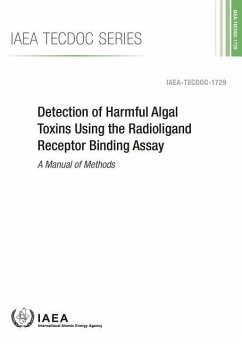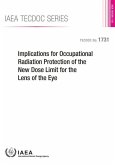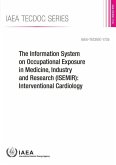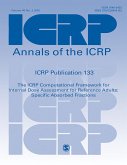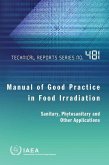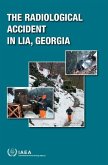Harmful algal blooms (HABs) and their potentially devastating, wide-ranging impacts are now a well-established threat to marine and freshwater ecosystems. The IAEA technical cooperation program is working to integrate HAB management and monitoring activities of its Member States in order to support the need for sustainable safe seafood supply. Within this framework the radioligand receptor binding assay (RBA) for HAB toxin detection has been identified as a beneficial technology for use by Member States in HAB research and monitoring, and ultimately in a regulatory context since its adoption as an AOAC first action official method. This publication outlines the theoretical and practical aspects of the RBA method as it applies to the detection of toxins causing several human intoxication syndromes, i.e. paralytic shellfish poisoning, Ciguatera, neurotoxic shellfish poisoning and amnesic shellfish poisoning.

